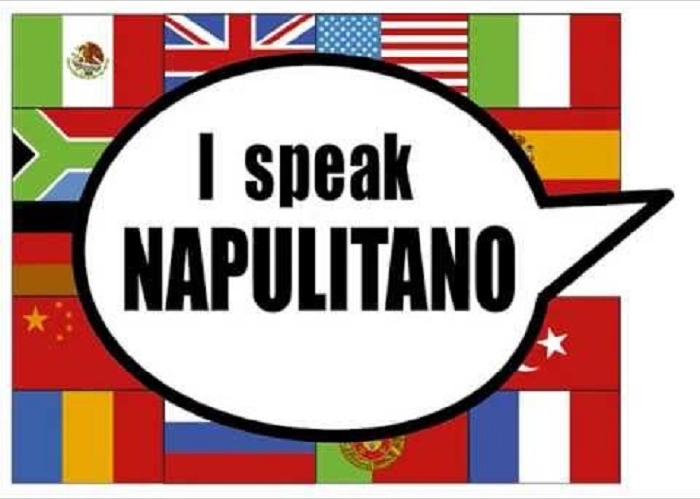
 Giulia Casati
Giulia Casati
Italian language: Sient’a mme nun ce stà niente ‘a fà. O kay, napulitan
- WTI Magazine #89 Mar 16, 2017
-

 Giulia Casati
Giulia Casati
Let’s get back to our journey all around Italy discovering the many different dialects that this country has to offer. This month is the time to stop in Campania and Napoli, the birthplace of pizza and, of course, Neapolitan. First of all, let’s take a step back, because in order for us to understand what Neapolitan is and where it comes from we need to understand the history of central Italy.
Naples was founded by the Ancient Greeks around the 8th century BCE, and it was one of the most important colonies of the Magna Graecia. After the fall of the Ancient Greeks, Naples fell under the Roman Empire until the Middle Ages when it was acquired by the Byzantines. During the years, Naples and the Campania region came in contact with the populations of the south of Italy, many of whom were of African origin and Muslim, but also Catholics from the nearby Stato Pontificio, lead by the Pope. From the 12th century on, Naples and the surrounding area became part of the Kingdom of Sicily, and then fell under the Swedish and then under the Angiò family, and then later again under the d’Aragona family, then under the French, and the Spanish who reigned for over two centuries, and then again under the Kingdom of the Two Sicilies, and again under the French and Napoleon, until finally in the 1860s the area was annexed by the Kingdom of Italy.
What a history right? If you think that that’s crazy just try to think what all those different populations did to the language! Neapolitan can brag about having Greek, Latin, French, Spanish, English, Arabic, and, of course, Italian influences. Some words come directly from those languages as well: Sechenènza comes from the English “second hand”, Zimmaro from the Greek “χιμμάρος” – chimmàros, Muccaturu from the French “mouchoir,” Ninno or Cucchiàra from the Spanish “niño” and “cuchara,” Tamarro from Arabic “al-tamar,” and of course Lacerta from the Latin “lacerta.” Every single culture left a little bit of their language behind before they left the region, and in this way Neapolitan because very rich and diverse.
Neapolitan has a long history of literature: Gimbattista Basile and Giulio Cesare Cortese were already writing in this idiom in the 1500s, and then later in the late 1800s – early 1900s Salvatore di Giacomo, Ferdinando Russo, and in the 1900s Eduardo de Filippo. Literature is not the only way in which Napolitan keeps on living, but in the 21st century the Canzone Napoletana – the Neapolitan Song – is still alive. On the contrary, the 20th century is when this genre had its peak., In fact, some of the most famous Italian songs all over the world are indeed Neapolitan: for instance Tu vo’ fa’ l’Americano, Funiculì Funiculà, O’ Saracino, and even the popular O’ Sole Mio are all Neapolitan songs. If you ask an average Italian, they would possibly be able to sing it, but maybe they wouldn’t be able to tell you what the words mean.
Neapolitan is still used today by many people in the south of Italy and around Naples. People use it in colloquial conversations with family, friends, and other acquaintances. Some Italian stereotypes claim people who speak Neapolitan to be very loud and to use it especially when upset; however, you can possibly say the same about every single dialect. Moreover, it is one of the main languages spoken by the many Italians who immigrated to the United States in the 19th and 20th century. Those immigrants mainly spoke ONLY the dialect of their area, continued to speak it once they arrived in the new world, and surrounded themselves with people from the same Italian region, since they were the only Italians they could communicate with. This is why, sometimes, there is confusion between Italian learners and their ancestors, they are simply not speaking the same language.
Neapolitan, even though in Italy it is still considered a dialect, was elevated to the status of language by the UNESCO in the early 2010s, and placed, along with all the other Italian idioms, under the category of “Endangered Languages.” In fact, very slowly, people are starting to lose their connection with Neapolitan and it is not as strictly passed down as it used to be.
So, to quote one of the famous Neapolitan songs: “Sient’a mme: nun ce sta’ niente ‘a fa’, O kay, napulitan!” – listen to me, there is nothing to do, Neapolitan, it’s ok!